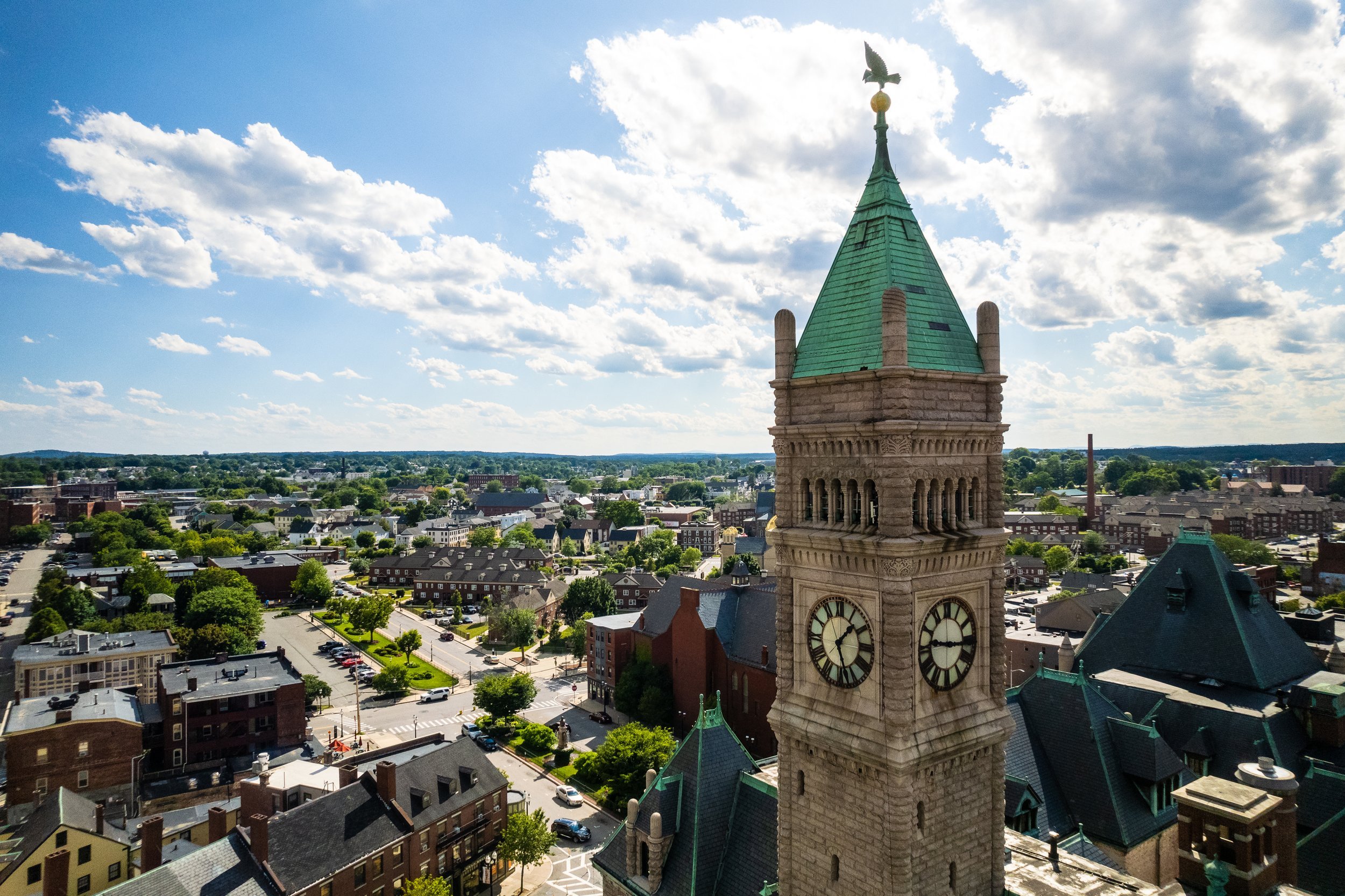
History
Indigenous people inhabit the present-day Lowell area. The Merrimack River provides a source of diverse plant growth, big game, and water needed to establish settlements of both formal and informal basis.
Beginning in the late 1600s, Chelmsford farmers settled in much of the present area of Lowell which was in the eastern part of the town. The settlement was primarily agricultural although small industries such as saw, grist, and woolen mills made use of the falls on both the Merrimack and Concord rivers. Investors build the Pawtucket Canal between 1792-96 that allows goods coming down the Merrimack River heading to Newburyport to bypass the Pawtucket Falls. By 1820, the area the area is home to about 200 people living on scattered farms and at the crossings of a few roads.
Events occurring in nearby Waltham along the Charles River changed the community forever as associates of the late Francis Cabot Lowell arrived, looking for a source of waterpower to expand their successful cotton textile mill operations. Known as the Boston Associates, they included Nathan Appleton, Patrick Tracy Jackson, Abbott Lawrence, Amos Lawrence, and Kirk Boott In 1821, the Merrimack River’s Pawtucket Falls attracted these early 19th century industrialists who proceeded to rapidly transform the area into an industrial city by purchasing the Pawtucket Canal and various farms, including those belonging to the Cheever, Fletcher, and Tyler families. By 1823, the Pawtucket Canal had been expanded and the Merrimack Canal dug off of it, powering the Merrimack Manufacturing Company, the first textile mill to begin operation.



